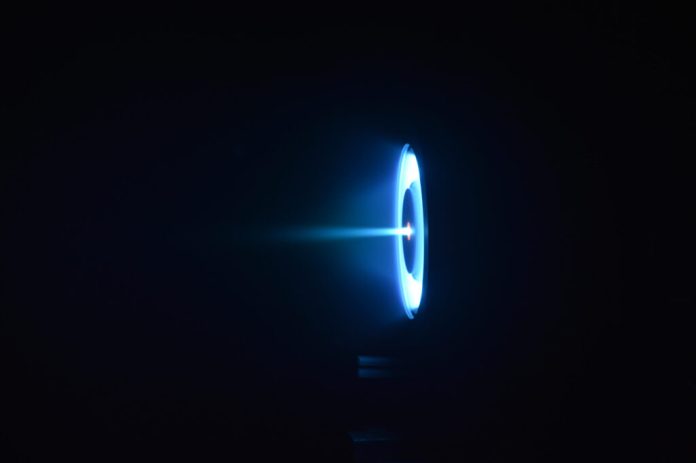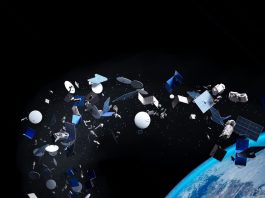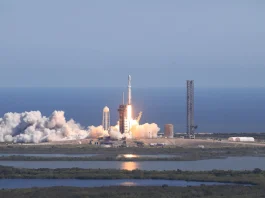The U.S. Space Force has allocated $35m to an ambitious project aimed at revolutionising spacecraft propulsion.
The effort, spearheaded by the University of Michigan, brings together a national team of universities and industry partners to integrate rapid chemical rockets with highly efficient electric propulsion systems powered by a nuclear microreactor.
This groundbreaking project seeks to overcome existing propulsion challenges, offering both agility and sustainability for space exploration and national defence.
Advancing space exploration with nuclear microreactors
The newly established Space Power and Propulsion for Agility, Responsiveness, and Resilience Institute involves eight universities and 14 industry partners.
Their mission is to create a propulsion system that marries the speed of chemical rockets with the efficiency of electric propulsion, enabled by a nuclear microreactor.
Currently, spacecraft rely on either fast-burning chemical rockets or slow but efficient electric propulsion systems, which are typically powered by solar energy.
Chemical rockets, while capable of delivering a lot of thrust, quickly exhaust their fuel supply, creating operational limitations.
On the other hand, electric propulsion, powered by solar arrays, is more fuel-efficient but lacks the speed required for critical manoeuvres.
The Space Force seeks a propulsion system that allows spacecraft to manoeuvre quickly without running the risk of being hampered by limited fuel reserves.
Electric propulsion powered by nuclear energy
One of the primary challenges of electric propulsion is finding a reliable power source to generate enough electricity for faster travel.
Benjamin Jorns, an associate professor at the University of Michigan and the institute’s director, highlighted that the power demands of these systems far exceed what solar panels can provide.
For instance, the International Space Station (ISS) generates around 100 kilowatts of power, but it requires massive solar arrays the size of two football fields, which are impractical for many space missions.
To address this challenge, the team is developing a nuclear microreactor to power electric propulsion systems.
Unlike traditional solar-powered thrusters, this microreactor would provide a compact, sustainable, and reliable power source. Teams are working on turning the reactor’s heat into usable electricity and then converting that electricity into thrust.
The system will also include a chemical rocket component for quick manoeuvres, ensuring that the spacecraft can handle both immediate high-thrust situations and long-duration, efficient propulsion.
Integrating technologies for optimal spacecraft propulsion
The initiative encompasses several innovative technologies, from heat conversion to fuel efficiency. Teams from different universities and industry partners will work together to create and refine components.
Ultra Safe Nuclear Corp., for example, is designing a lightweight nuclear microreactor, while researchers at U-M will simulate its output to test other elements of the system.
Two subteams are focusing on converting thermal energy from the microreactor into electricity. U-M and Spark Thermionics are investigating thermionic emission cells, which use the heat difference between space and the reactor to generate electrical currents.
Another team, in collaboration with Antora Energy, is developing thermal photovoltaics—like solar cells but designed to convert heat into electricity instead of light.
Three distinct electric propulsion technologies are being explored in this initiative: the Hall thruster, the applied-field magnetoplasmadynamic thruster, and the electron cyclotron resonance thruster.
Each propulsion method will rely on a system that converts propellant into gas and includes a cathode to neutralise any electrical charge buildup in the spacecraft.
Additionally, U-M and Pennsylvania State University are working on a new chemical rocket concept, while Benchmark Space Systems will provide an already-developed commercial rocket system for proof-of-concept testing.
By combining nuclear microreactors and electric propulsion, the project promises to deliver significant improvements in the ability to manoeuvre spacecraft efficiently and quickly in space.









